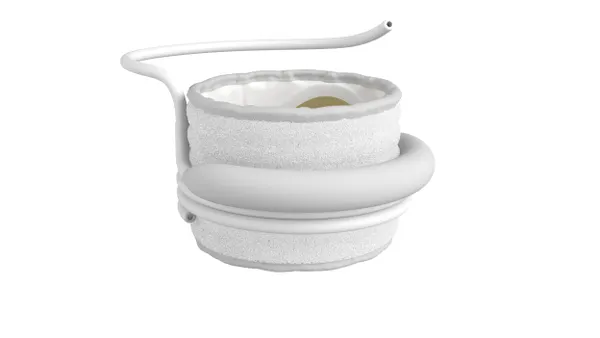Dive Brief:
- A CMS advisory panel reached no clear consensus on whether patients benefit when hospitals meet certain procedure volume thresholds for operating transcatheter aortic valve replacement (TAVR) programs. The Medicare Evidence Development and Coverage Advisory Committee (MEDCAC) last week revisited CMS’ 2012 national coverage determination (NCD) that set specific volume requirements for hospitals that want to perform TAVR procedures.
- CMS is reconsidering its NCD at the request of some physicians who said the rules, created when transcatheter valves were first introduced, are too restrictive. Proponents of allowing lower-volume heart centers to offer the procedure argue it would improve patient access to the treatment. CMS is expected to release a draft of its updated NCD in March 2019.
- Edwards LifeSciences and Medtronic, the two makers of TAVR devices on the U.S. market, offered different takes on what CMS should do. Edwards said the agency should establish standards based on quality, rather than volume, for determining which hospitals can perform TAVR procedures. Medtronic said there is not enough scientific evidence to support significantly changing the current volume requirements.
Dive Insight:
Since Edwards won FDA approval for the first TAVR device in 2011, the procedure has become the preferred therapy for higher risk patients with aortic stenosis, a narrowing of the valve that reduces blood flow to the body. TAVR is a less-invasive alternative to open-heart surgery that enables surgeons to replace the diseased valve by threading a catheter through the arteries to the heart, without opening the chest.
Edwards, in comments to CMS, said TAVR therapies have matured since the original NCD and are supported by "robust data, positive patient outcomes, extensive training and experience among U.S. clinicians, and newer generations of technologies." Therefore, "centers should be held to a common quality standard, not quota-driven volume requirements and their unintended consequences," the company said.
Martin Leon, in a presentation to the panel on behalf of medical device industry group AdvaMed, urged CMS to take into account the significant future growth anticipated in TAVR case volumes due to expanding clinical indications. Less than half of newly diagnosed patients with severe aortic stenosis currently get treatment, said Leon, director of the Center for Interventional Vascular Therapy at NewYork-Presbyterian/Columbia University Medical Center.
Medtronic, which launched its TAVR device in 2014, said it supports the existing NCD. "The current coverage policy allows for appropriate patient access to TAVR therapy while achieving quality outcomes," the company said in a statement released in conjunction with the advisory panel meeting.
The American College of Cardiology said it is important that TAVR sites operating in areas of the country with low population density remain active if they can document acceptable quality, even if they fall below volume thresholds.
Cowen Washington Research Group analysts, in a research note, said they expect no Draconian changes affecting the U.S. heart valve market. "We continue to believe that the ultimate outcome will not include the closing of low-volume U.S. TAVR centers," the analysts wrote.
The MEDCAC advisory panel voted on nine questions gauging level of confidence on various requirements for beginning and maintaining TAVR programs. A scorecard of responses showed the average confidence level was lowest (3.11 out of 5) on the question of whether the benefits of meeting procedural volume requirements to begin a TAVR program outweigh the harms of limiting access to TAVR to only hospitals that meet the requirements.
The panelists on average expressed the most confidence (4.33 out of 5) that there is sufficient evidence a certain threshold of surgical valve replacements and TAVR procedures must be required for the principle cardiovascular surgeon on a TAVR heart team.







